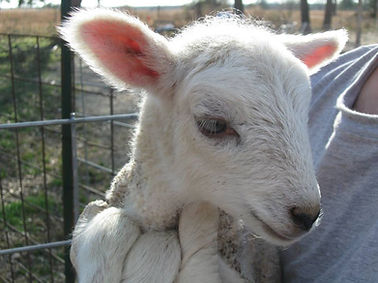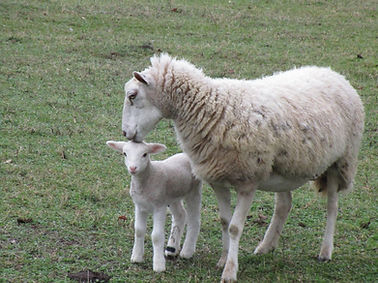
Gulf Coast Native Sheep
Sheep also play an important role in our Multi-Species-Rotational-Grazing program grazing the leftover forage that the cattle leave.

Gulf Coast Native Sheep are an ancient landrace breed of sheep, whose ancestors were dropped off by the Spaniards approximately five hundred years ago, to insure a ready meat supply for their future explorations. Undoubtedly, many of those original sheep succumbed to the intense heat, parasites, predators and Indians found along the southern coast of what is now the United States.
However, the individuals that survived were those who were hearty enough to withstand those pressures and not only survive, but thrive, and passed along their resiliant genes to their offspring. In our southern coastal climate that is deadly to most sheep, those same qualities continue to make the Gulf Coast Native Sheep a superb survivor.


No one knows the exact breeds that have contributed to creating the Gulf Coast Sheep, as there were many breeds utilized by the Spanish in the 1500s. The Gulf Coast Native Sheep Association speculates that Churro sheep, also introduced to the drier regions of The New World by the Spaniards for milk, meat and coarse wool, may have contributed to the foundation of the breed. However, as Gulf Coast Natives are noted for the fineness of their wool, it is possible that pre-Merino types of sheep contributed their genes, as well. This landrace breeds provided much, if not all of the wool that was used in the South, up until the advent of chemical wormers. Higher production sheep just could not survive the double whammy of heat and parasites.


